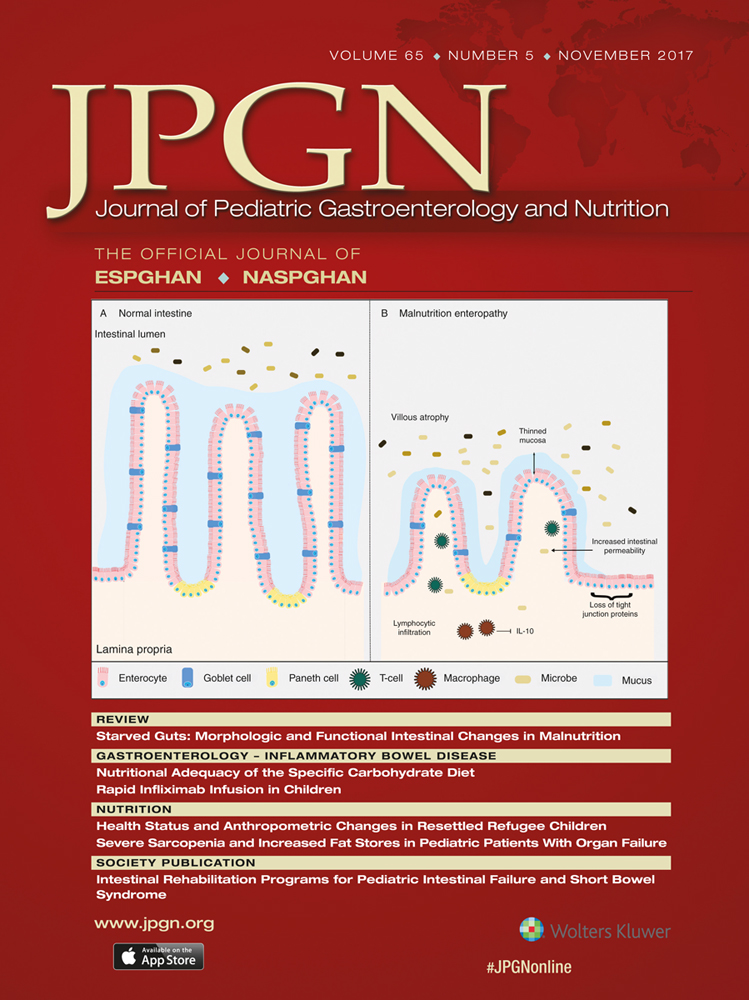Highly Concentrated Preterm Formula as an Alternative to Powdered Human Milk Fortifier
A Randomized Controlled Trial
The work was supported by the Department of Pediatrics, Section of Neonatology, University of Oklahoma.
The authors report no conflicts of interest.
ABSTRACT
Objective:
The aim of the study was to assess clinical feasibility and tolerance of concentrated preterm formula at 30 kcal/oz (CPF30) to fortify human milk to a caloric density of 24 kcal/oz, compared to conventional powdered human milk fortifier (PHMF).
Study Design:
Very low birth weight neonates were stratified by birth weight and randomized to receive human milk fortification using CPF30 or PHMF. Infants were monitored from first introduction of human milk fortification, until fortified feeds were well tolerated. Primary outcome was weight gain; secondary outcomes included other measures of feeding intolerance (residual gastric aspirates, feeds held, prokinetic therapy), sepsis, and death. The clinical and study personnel were blinded to the intervention.
Results:
No significant differences in weight gain or other measures of feeding tolerance were demonstrated between CPF30 and PHMF. Macronutrient intake was similar between both groups. Infants with a birth weight of ≥ 1000 g who received CPF30, experienced fewer days NPO (nil per os; nothing per mouth) and a trend toward lower incidence of NEC, compared with those who received PHMF.. The amount of human milk consumed was significantly lower in the CPF30 group.
Conclusions:
Both fortifiers were similarly well tolerated. Fortification of human milk with CPF30 is a safe and feasible alternative to conventional PHMF.




